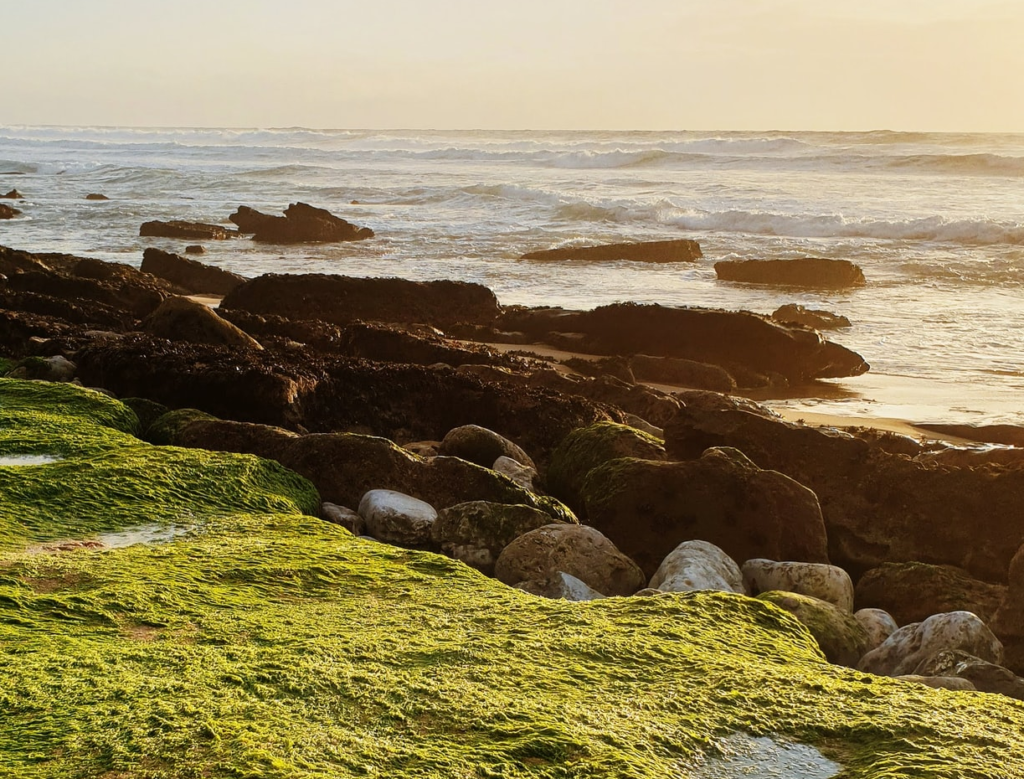


29 April, 2021
Feeding an ever-growing population with healthy and nutritious food is a challenge, as climate change, water scarcity and production methods put yields under pressure. The solution may lie under the water.
Algae is one of the most efficient types of organism on the planet when it comes to turning CO2, sunlight and water into densely nutritious food. There are currently only a handful of algal species used commercially, but there are hundreds of strains, which could help answer some of the challenges food systems face. Not only are algae rich in omega 3, they also use less than a tenth of the area needed to produce the same amount of biomass on land.
If you’re in the supermarket, though, you’ll currently find it difficult to track down any algae. You can get it in powdered form and whole algae can be found in some health bars, sports snacks, supplements, pasta, tea or even flour. But as consumers continue to demand more sustainable and nutritious dietary options, we think there is a real gap in the market to scale up algae production.
And the biobased revolution doesn’t end there. The future of all materials is moving away from petroleum-based products, and many are exploring the use of circular packaging options such as kelp or seaweed. As seen by our clients, Just Eat, who last year teamed up with Notpla to develop the takeaway sector’s first seaweed lined box, which is fully recyclable and can decompose in just four weeks in a home compost bin.
As Mariliis Holm, Co-Founder of Nonfood, an algae-based food company, said in a recent Forbes article, “If I had one silver bullet for the future of sustainable food, it would be green and loaded with algae”.
By Gemma Coate